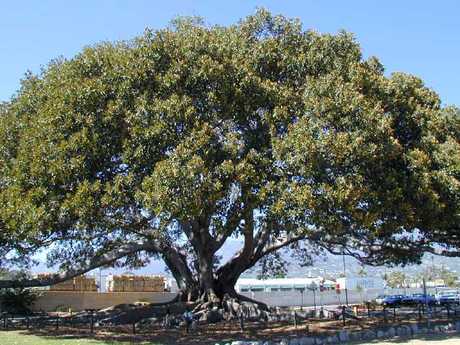The story of the call of Nathaniel is to be understood as the fulfilment of his quest for the messiah. (Jn 1:43-51) When Philip announces to Nathaniel that he has found the messiah (1:45) Nathaniel's answer assumes that he too is looking for the messiah; his surprise is directed at Jesus' origin. 'Can anything good come out of Galilee?" he remarks.(1:46) Nathaniel meets Jesus, and on the basis of an apparent miraculous 'inner sight' comes to believe in Jesus. (1:49)
What are we to make of Nathaniel's confession of faith? (1:49) It would seem to be the result of Jesus' ability to 'see' Nathaniel while he, Jesus, was not physically present. (1:48) But Jesus looks forward to a more desirable foundation. ("Do you believe because I have told you ... You will see greater things than these." 1:50) Nathaniel's inadequate foundation for faith will be paralleled in the story of doubting Thomas. Thomas' confession is right ("My Lord and my God!"), but Jesus contrasts Thomas' need for proof/sight with those who will come to believe
without seeing. (Jn 20:29) Perhaps the 'greater things' promised to Nathaniel come in Jn 2:1-11. The disciples witness Jesus' first sign/miracle and believe. (2:11) In John's Gospel these signs are tied up with the replacement of religious forms by Jesus himself. So, in the miracle of the water into wine, the miracle signals the replacement of the old Jewish rites of purification with the new wine of Jesus. (Another example of this replacement is to be found in Jn 4:21-26, where Jesus replaces the Jerusalem temple as the 'place' of worship.)
However, it is perhaps better to see 1:51 as the fulfilment of the promise of Jesus to Nathaniel, rather than 2;11. What did Jesus mean when he spoke of "angels ascending and descending"? (Jn 1:51)
The Old Testament background is the key to Jn 1:51. In Genesis 28:10-22 Jacob (renamed
Israel in Gen 32:28) has a dream of a ladder between earth and heaven where the angels ascend and descend, and God stands beside Jacob and confirms the promises made to Abraham, and says that God will be with Jacob. Upon waking up Jacob says:
"How awesome is this place! This is none other than the house of God, and this is the gate of heaven."(Gen 28:17)
And Jacob names the place Bethel, meaning 'the House of God'. (Bethel would become one of the pre-eminent worship shrines for Israel prior to the ascendancy of the temple at Jerusalem.) Jesus, according to John's Gospel, is now the house of God and gate of heaven. He is the 'place' of true worship. There is now no need for a dream or a ladder, or a physical temple (compare with Jn 2:18-22) for the point of meeting between heaven and earth is now Jesus of Nazareth. This is consistent with the Gospel of John as a whole. In Jn 1:14 we are told that "the Word became flesh and
dwelt (literally 'pitched a tent') among us", recalling the tabernacle/tent of the wilderness journey. Jesus is now the tent of meeting. And in Jn 4 Jesus is the replacement of the temple itself. (Jn 4:21-26) But this gate between heaven and earth is most especially seen (and accomplished) on the cross and in the resurrection. It is the cross and the resurrection which are the 'greter things' Jesus promised Nathaniel. All the other signs of the Gospel (like the water into wine) are only partial fulfilments, and therefore, an inadequate basis of faith. It is the crucified-risen Christ who is the true foundation (and object) of faith. And the pinnacle of that faith is to believe without seeing. (Jn 20:29)









